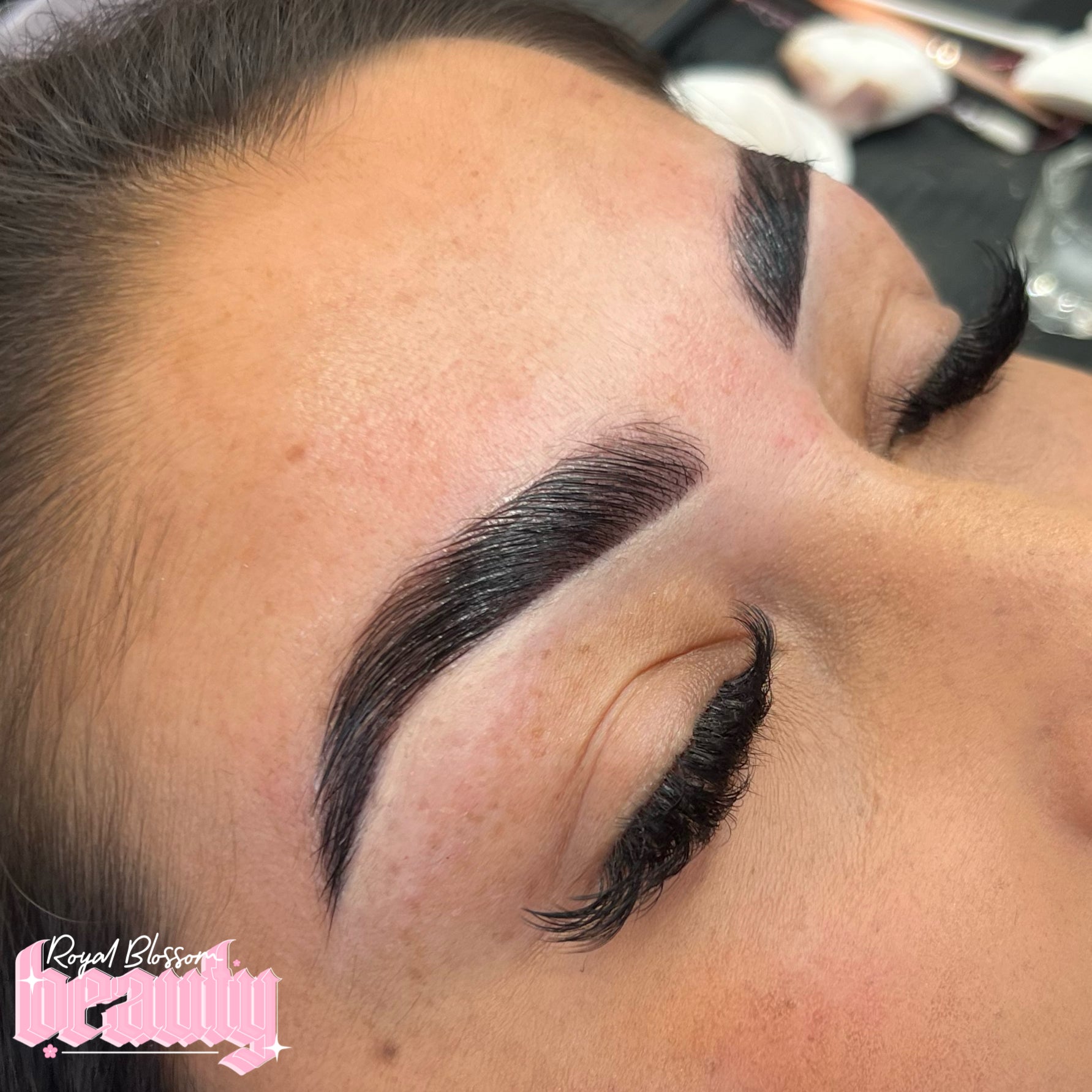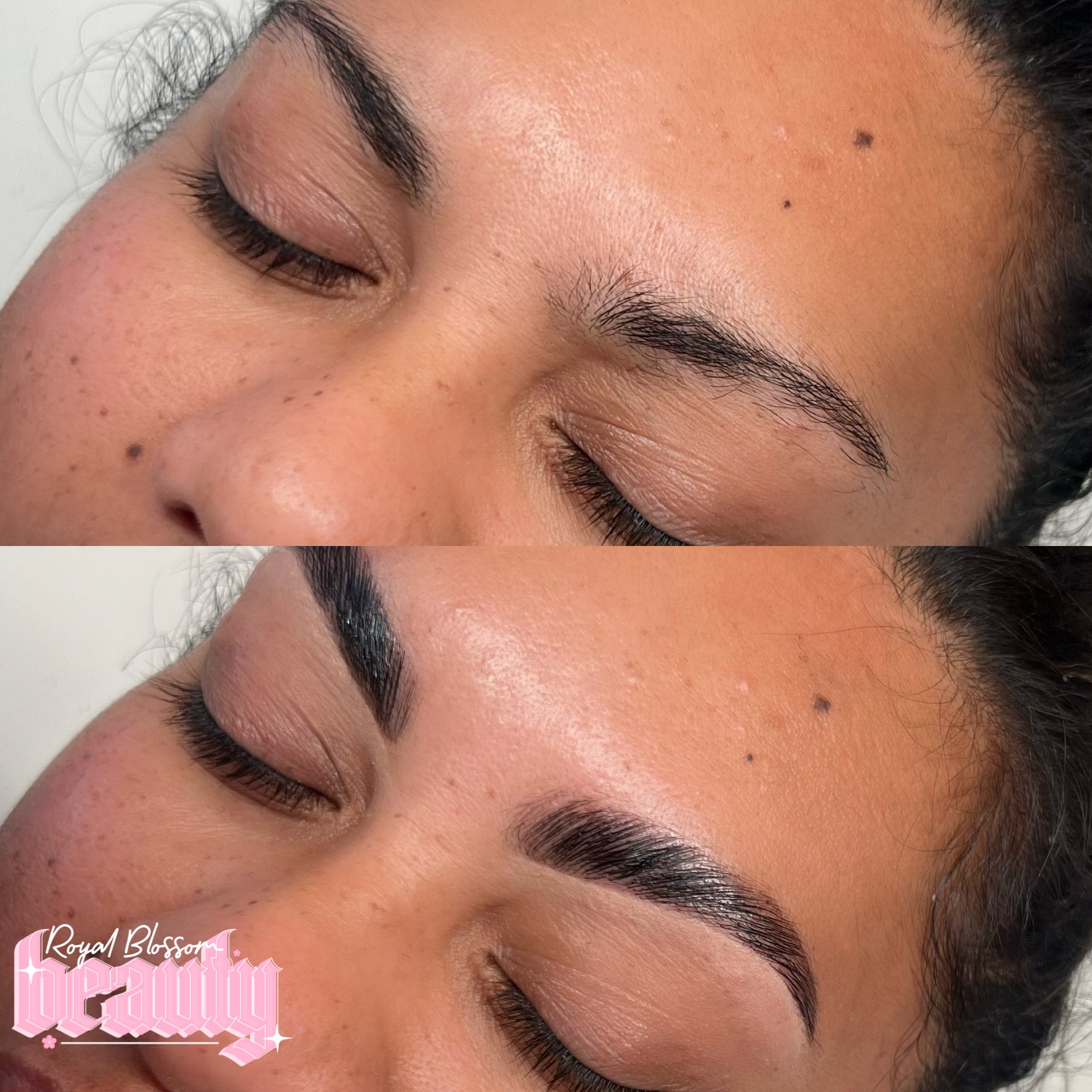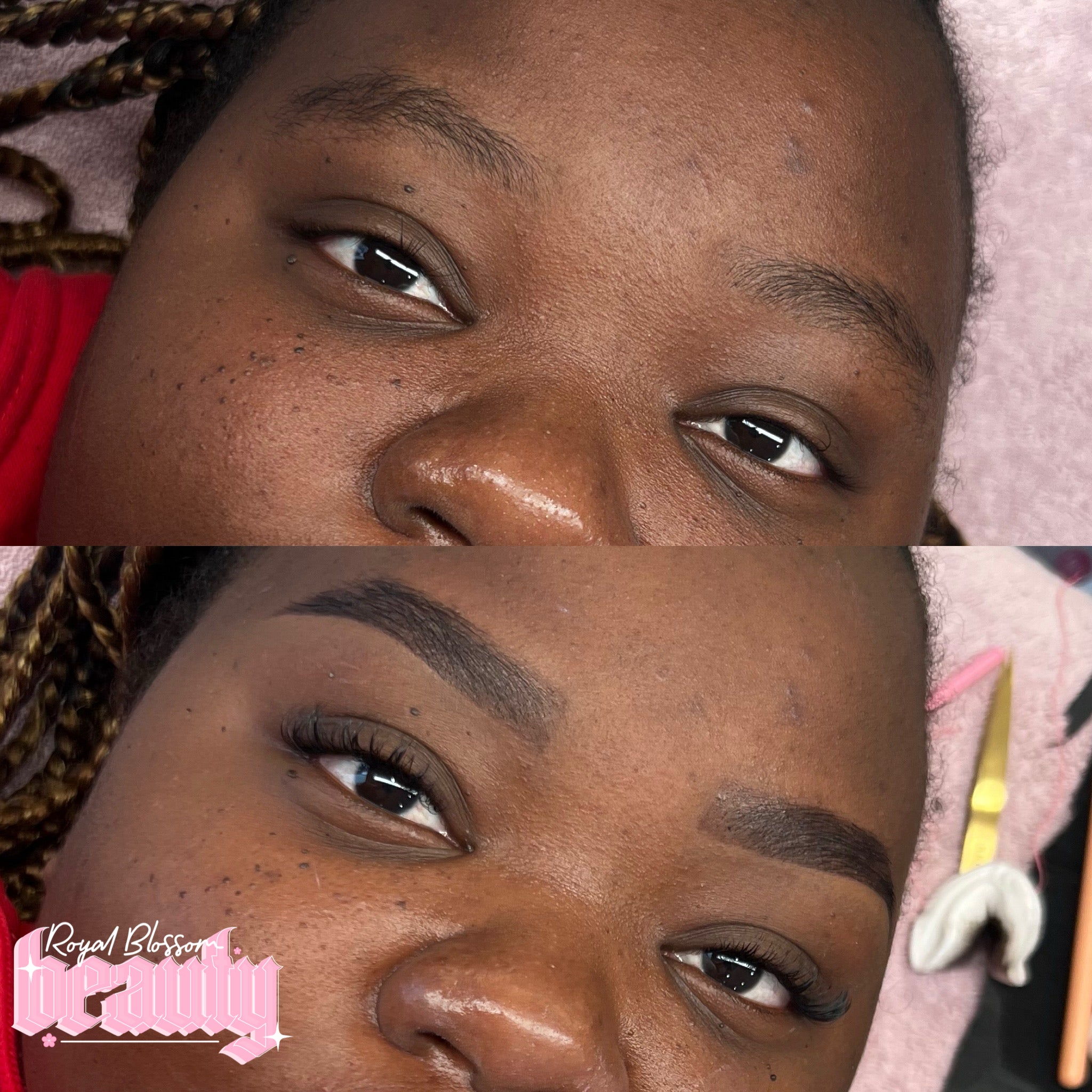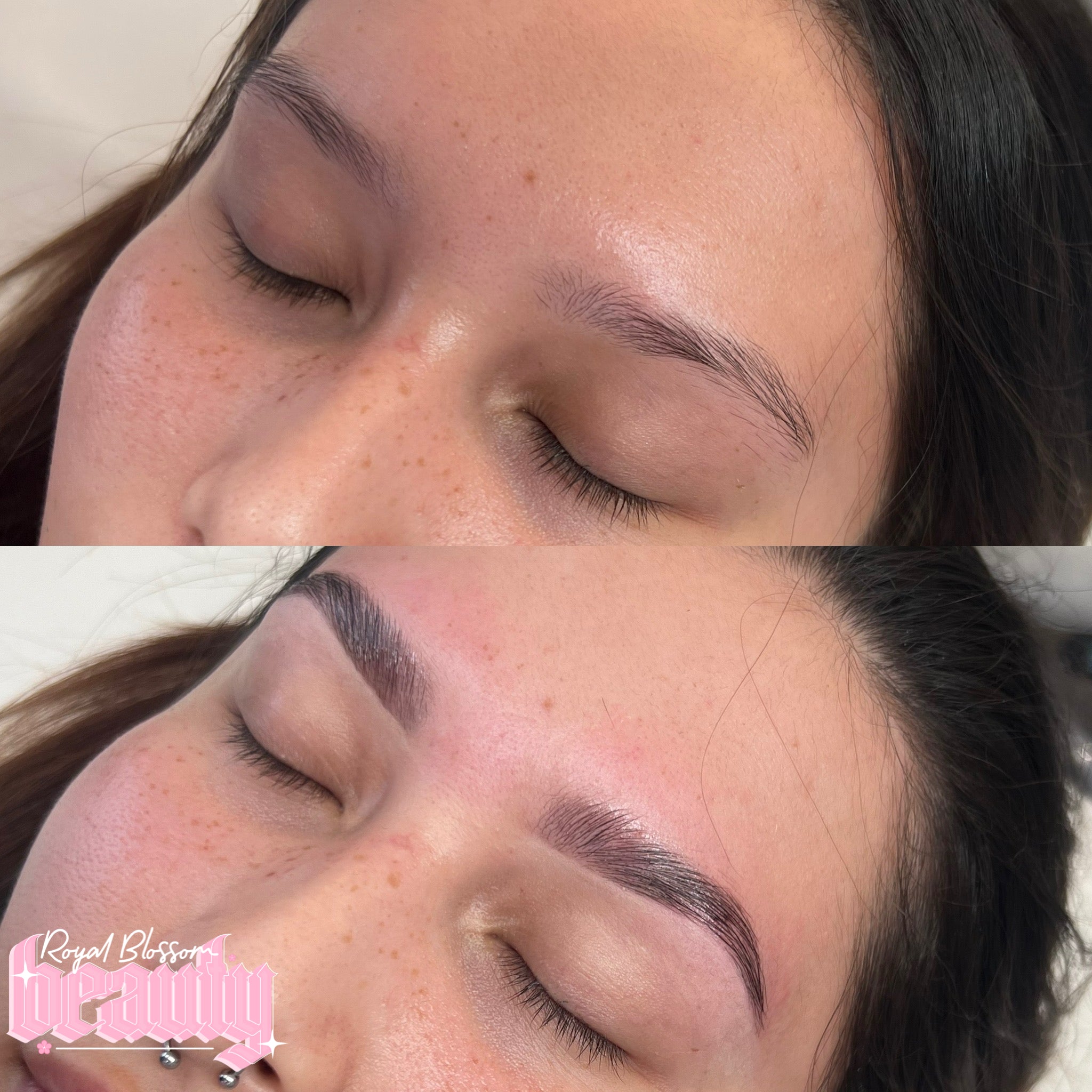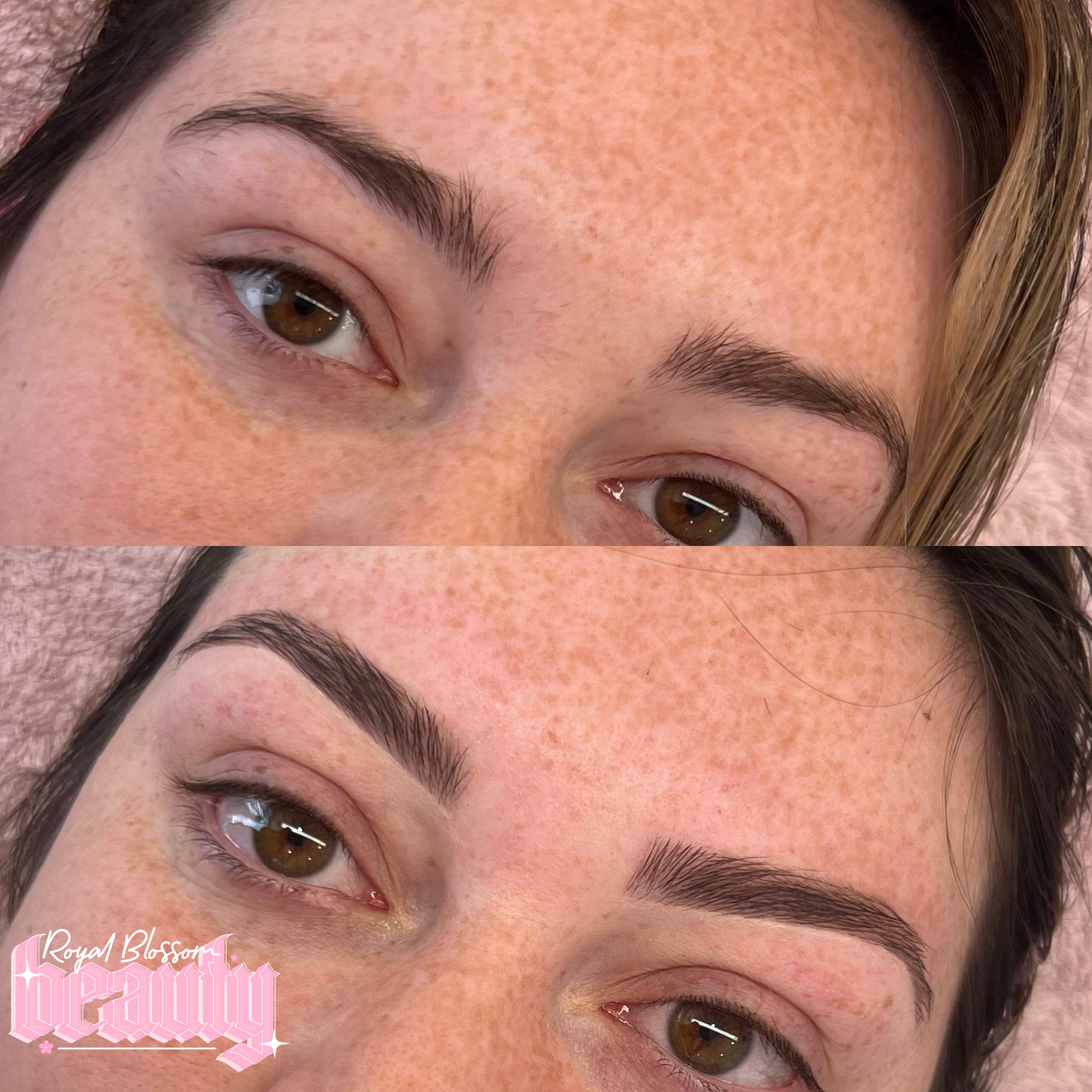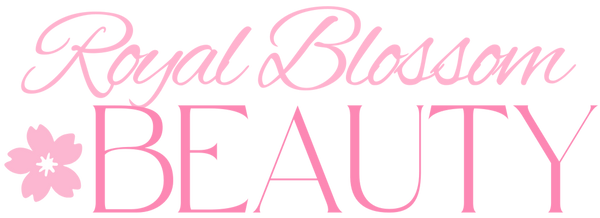Brow Services
RBB offers brow waxing (including mapping), tint, dye and laminations.
Additionally, we also offer facial waxing.
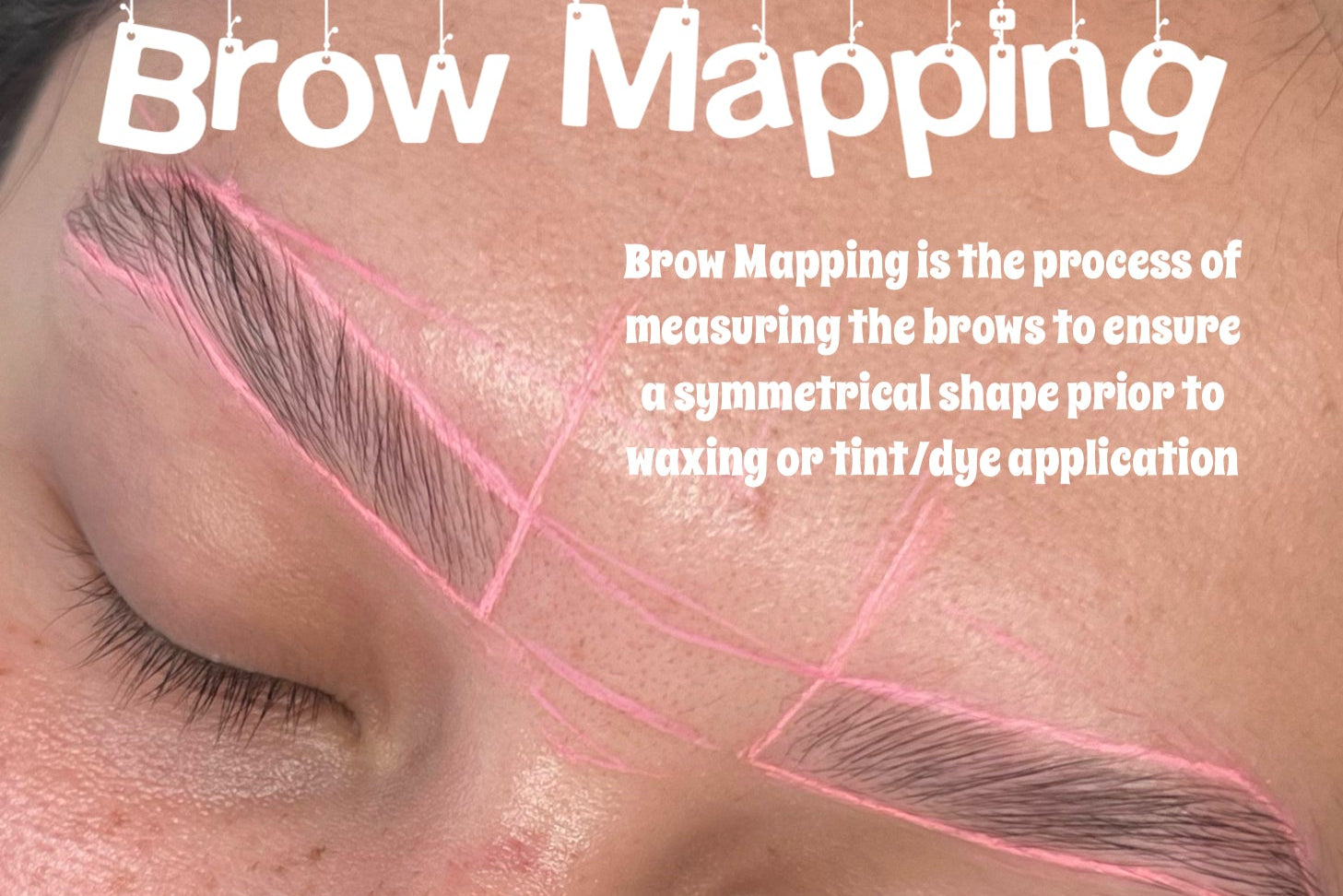
FAQ
What is waxing?
Hair removal technique in which hot wax is applied to the skin and torn off to remove the hair follicle. Waxing in addition to Brow Mapping (a detailed shaping technique) allows for a clean shape.
Waxing cannot be done on clients on Accutane (acne medication), other skin thinning medications, or on clients with a recent skin peel, torn or sunburned skin, or on those who used AHA/BHA or retinol in their skincare routines. If using these products in your routine we recommend avoiding them for at least a week leading up to your appointment and we will do a patch test to see if there is skin lifting. Skin lifting occurs when layers of skin are removed during the waxing treatment which may result in torn skin, scabs (resulting in potential infection) and even a scar in the area.
Waxing pain is different for each client, however most describe it as mild pain. Redness is common post-waxing, alert your technician and/or a healthcare professional if you experience any swelling, itchiness, bumps or other side effects as this may indicate skin sensitivity or an allergy.
What is the difference between tint and dye?
Both tint and dye are a temporary treatment resulting in the colour change of the skin and hair in the eyebrow area. Tint typically lasts about 1-2 days on the skin and up to 4 weeks on the hairs whereas dye typically lasts 1-2 weeks on the skin and up to 7 weeks on the hairs. Dye is a longer lasting option compared to a tint as it is able to penetrate deeper into the skin and hairs. Because of this, it is a better option for sparser brows or correcting uneven shape.
I recommend tint for those who have full brows and only need to change colour of the hairs or need only a slight skin stain. I recommend dye for those with gaps, less hair and wanting more of a result.
What is a brow lamination?
A Brow Lamination is a relaxant treatment for eyebrow hairs which allows you to manipulate the hairs in your desired direction. Lamination can create a fuller and fluffier brow look. It can be paired with a tint or dye for more depth. Lamination typically lasts 7-8 weeks. Treatment should not be redone within 7 weeks. A lamination treatment is ideal for you if you are wanting a thicker brow. Note: due to a lamination being a manipulation of hair direction, enough hair is required.
Can I make my brows symmetrical?
Just like the rest of our face, no ones brows are naturally symmetrical. "Our eyebrows are sisters, not twins". However, we can use dye or tint as well as waxing to try and make the brows "appear" as symmetrical as we can. We cannot choose where the brow hairs grow, but the addition of a brow growth serum may assist in increased growth in sparser areas. Personally, we find the dye has a better skin stain than tint, additionally it lasts longer on the skin compared to a tint so it may be a more suitable option to adjust symmetry or shape. At RBB, all tint/dye applications include detailed mapping to ensure best symmetry.
How can I maintain my results?
For optimal results, do not wet the eyebrows for 24-48hrs.
The following may reduce the longevity of treatment: excessive moisture, sweat, swimming, wearing/removing makeup, scrubbing, cleansing, moisturising of the eyebrow area.
However, with a brow lamination we recommend the use of a hydrating brow soap (such as Brow Code Brow Heist or Anastasia Beverly Hills Brow Freeze) to style the relaxed hairs in your desired position. We do not recommend drying brow gels. As lamination can be drying on the brow hairs, it is essential to use castor oil, coconut oil or a brow oil daily to keep the hairs hydrated and healthy following treatment.
Brow laminations should be spaced out a minimum of 7 weeks apart to prevent damage of brow hairs, however waxing, tint or dye can be redone sooner if required.
I have previous eyebrow tattoo, can I still receive treatment?
Yes! However, due to the underlying tattoo pigment beneath the skin you may find there is a different in pigmentation and colour of the tint/dye over the tattooed areas compared to non-tattooed areas.
Does my skin type affect treatment?
Oilier skin clients may see a slightly reduced longevity of tint or dye in comparison to someone with normal skin, however can still have good results.
Severe dry skin results in the dye or tint to look patchy or flake off soon after the treatment, both resulting in an undesirable final product.
At RBB, we recommend all clients exfoliate their eyebrows the night before treatment to reduce dry patches for optimal results. We do not recommend exfoliating the night before if receiving a brow lamination as solutions are quite strong and this may cause sensitivity. We recommend all clients moisturise their skin leading up to their appointment, ideally within the week prior to following treatment as moisturiser can break down the dye/tint if used soon after treatment.
We do not recommend treatment with irritated skin in the brow area, this may include eczema, psoriasis, allergic reaction, sunburn or other irritations.
If getting waxing done, please cease use of AHA/BHA based skincare for at least. a few days prior as this can causing skin lifting.
If you have experienced a reaction to brow products in the past, we recommend getting a patch test done first. Please contact us for more details.
Are brow treatments safe during pregnancy and breastfeeding?
We always recommend consulting a healthcare professional prior to any beauty service. Pregnancy, breastfeeding and hormones can impact treatment.
Hormones during pregnancy and breastfeeding impacts not only our hair but also our skin sensitivity. Because of this, when getting a brow lamination, any of the following may occur 1) hairs process too fast, resulting in over-processed eyebrow hairs which become damaged and "frizzed" 2) hairs do not process at all and treatment has no result 3) your skin is overly sensitive to the product and forms a reaction that requires medical treatment. All clients that are pregnant or breastfeeding should be aware that one of the above side effects may occur and RBB may not be able to prevent or fix it, we personally do not recommend a brow lamination during this time and instead recommend the use of a brow gel or soap in the meantime. RBB cannot guarantee a good result or that the products are "safe" during this time.
Is there an age limit?
Clients must be a minimum of 14 years old (with signed parental consent on the day) to receive treatment, or 16 years old (no consent required).
